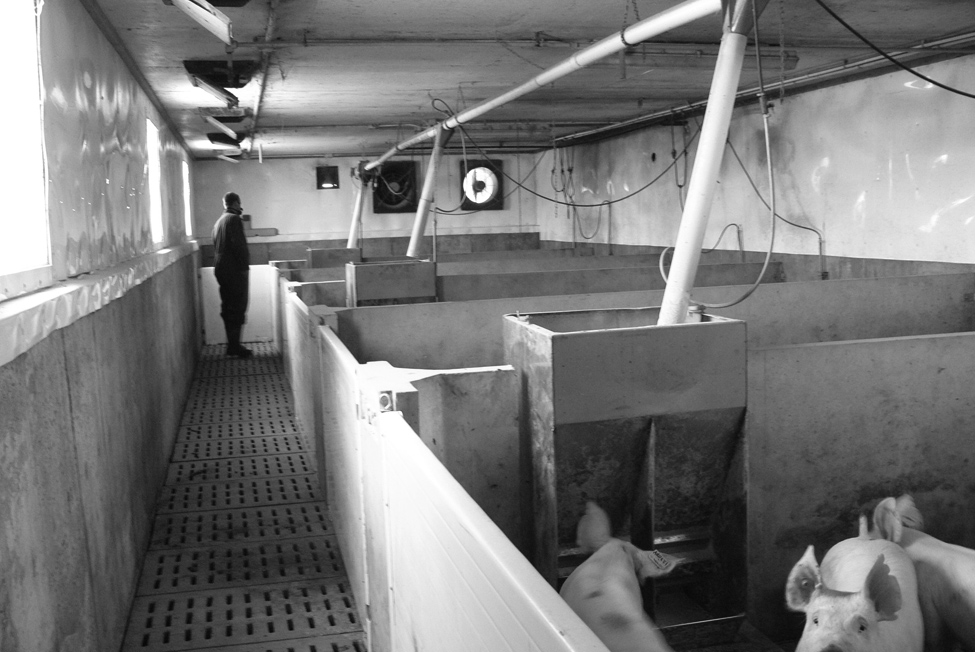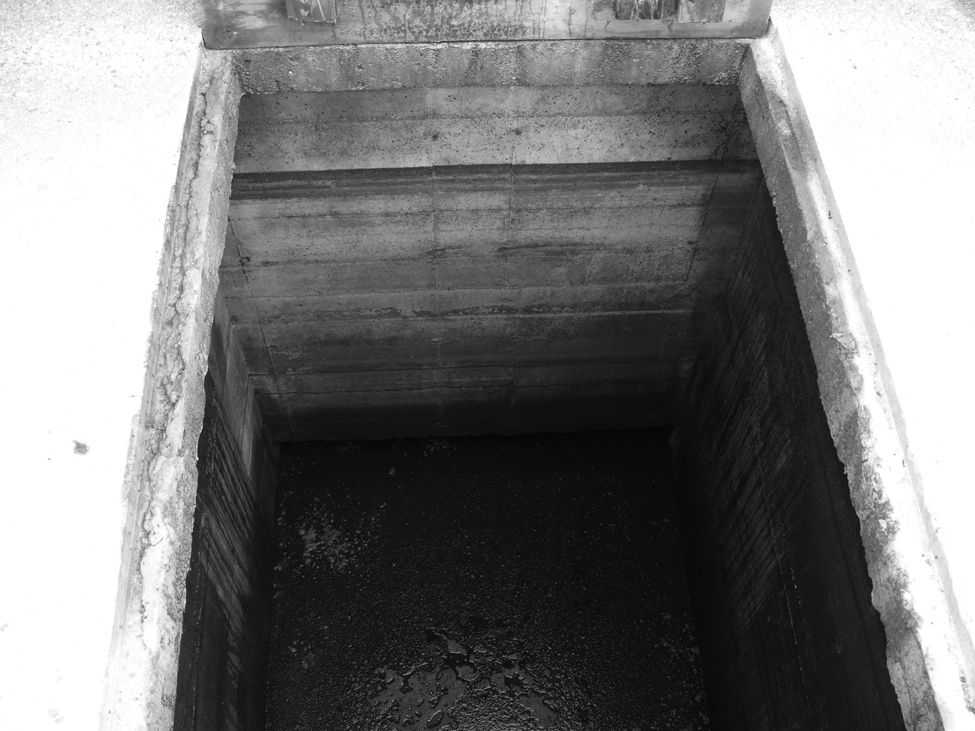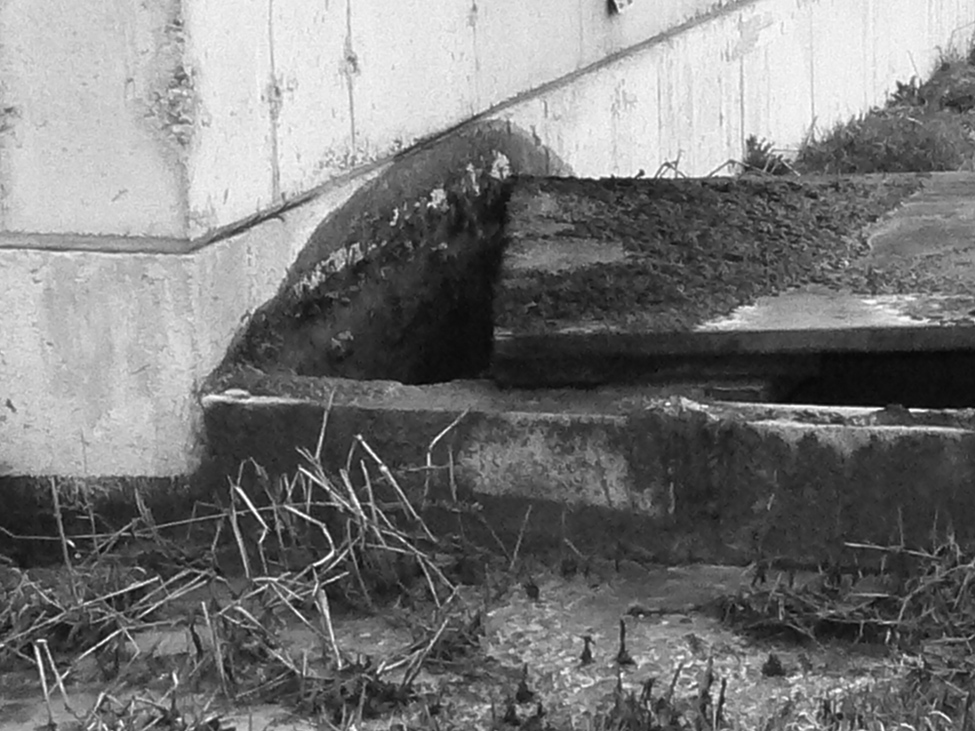Methane gas in hog barns
Learn how to manage the risk of methane build up in swine facilities. This technical information is for commercial pork producers in Ontario.
ISSN 1198-712X, Published March 2013.
Introduction
This factsheet discusses managing the risk of methane accumulation in swine facilities. Although rare, explosions and flash-over fires from methane accumulation can and do occur in hog barns. The risk of methane fires and/or explosions in swine facilities increases due to various operational and design factors.
Methane
Methane is produced by a family of bacteria called methanogens. It is odourless, colourless and non-toxic. However, in concentrations greater than 50%, it will act as a simple asphyxiate (i.e., its presence results in suffocation).
Methane is slightly soluble in liquid. Its low solubility in water suggests that manure can’t store methane in the liquid phase, but a sufficient amount is stored in the form of small bubbles attached to manure particles. These methane bubbles are easily released when the manure is mixed.
With liquid manure storage systems, always assume that methane gas is being produced. Research shows that even in cold weather, methane bacteria will still produce up to 16 litres of methane per cubic metre of manure per day. In warm weather, the bacteria produce up to 30 litres of methane per cubic metre of manure per day.
Methane has a specific gravity of 0.5 compared to air—half the weight of air—so it will always rise up, collecting into storage headspace and unvented areas.
In an unvented area (closet, feed room, office or hallway) containing methane, an ignition source (switch, motor, welder, grinder, pilot light) can trigger a flash-over or explosion and lead to a fire. To minimize the risk of accumulating methane, continually ventilate all barns, or rooms within barns, that have liquid manure storage or transfer pits, before a flammable level is reached.
Managing methane accumulation
The majority of swine facilities in Ontario produce and store liquid manure for long periods of time within a building that is often divided up into rooms or sections. These rooms or sections are emptied of all livestock but left with the accumulated manure underneath until they are needed again.
Ventilation and flammable limits
Unvented areas over or adjacent to liquid manure storages—storage rooms, hallways, feed rooms or an entire room or section of barn—will accumulate methane unless they are properly ventilated (Figure 1).

Methane will collect under the ceiling of these areas and divide into three flammable limits:
- an area above the flammable level at greater than 15% methane mixed with ambient air
- a middle zone that is at flammable level, between 5% to 15% methane mixed with ambient air
- a zone that is on the bottom of the flammability levels at a mixture of less than 5% methane mixed with air
Any source of ignition is a threat, but the greatest threat is at the critical zone—the middle layer. The most effective management practice is to provide continuous ventilation throughout the barn. Even if the barn is empty of animals, where liquid manure is present, provide at least three uniform air changes or more, per day, to properly ventilate the facility.
Storing manure
Any sudden release of methane gas can overwhelm the ventilation system of a barn.
Double-pitted barns are designed so that the short-term storage is located above the long-term storage, and manure is drained periodically to the lower storage via pull plugs. If the lower storage is unvented to the exterior, the methane builds up in the headspace. When the upper short-term storage is drained, this methane is displaced by the incoming manure, moving up to the short-term storage.
Furthermore, if the pull plugs are left out, all the methane rises up into the room above and can cause an explosion or fire (Figure 2). The easiest solution for double-pitted barns is to ventilate the lower pit to the exterior so methane is removed as it forms.

Moving manure
Some facilities move manure using a transfer pit under the hallway to an exterior pump-out pit. In some barns, there is a solid baffle between the transfer pit and the pump-out pit, and the transfer pit is not vented to the exterior.
Once the level of the manure reaches the bottom of the baffle, the unvented transfer pit becomes hydraulically sealed (Figure 3). Any additional manure will result in a pressure build-up in the headspace of the transfer pit. If there is a drain hole, cover plate or floor drain, the methane in the headspace will shoot out of the hole(s), under pressure, into the hallway or the room above. If the ventilation system is unable to handle this sudden inflow of gas, the flammable level is quickly reached.

Foaming manure
Foaming manure is a combination of gas, methane bubbles, a surfactant, soap and a stabilizer: filamentous methanogens bacteria.
Dr. Bo Hu, University of Minnesota, is part of a team that has worked on this issue since 2010. One theory is that soap is being formed from incompletely digested fats in the pig’s diets. These fats form long-chain fatty acids, which are converted to surfactants and then soap by the action of the bacteria present in the manure. The use of dried distillers grains with solubles (DDGS) for feed is suspected as the cause, although a survey in Ontario found that some barns have been experiencing foaming issues since before the common use of DDGS.
The methane portion of the foam makes up 50% to 70% of the total volume. The foam itself can be several feet thick (Figure 4). If the foam is rapidly broken up by aggressive agitation or pressure washing, methane is suddenly released, overwhelming the ventilation system. Recently, many swine barn fires in the U.S. Midwest have been caused by manure foam.

Summary
These best management practices will greatly reduce the risk of methane accumulation in swine facilities:
- Always assume methane is being produced in liquid manure systems.
- Ensure that ventilation is provided to all areas of the barn, including individual rooms.
- Vent all storage and transfer pits to the exterior so as to remove the methane as it is being produced and eliminate pressure build-up in the headspace.
- Treat any sign of foaming manure with extreme caution. Under no circumstances should the manure foam be aggressively knocked down or agitated.
This factsheet was written by Robert Chambers, P.Eng., Swine & Sheep, Housing & Equipment Engineer, OMAFRA, Elora (retired) and reviewed by Terrance Sauve, P.Eng., Farmstead Optimization & Safety Engineer, OMAFRA, Alfred.